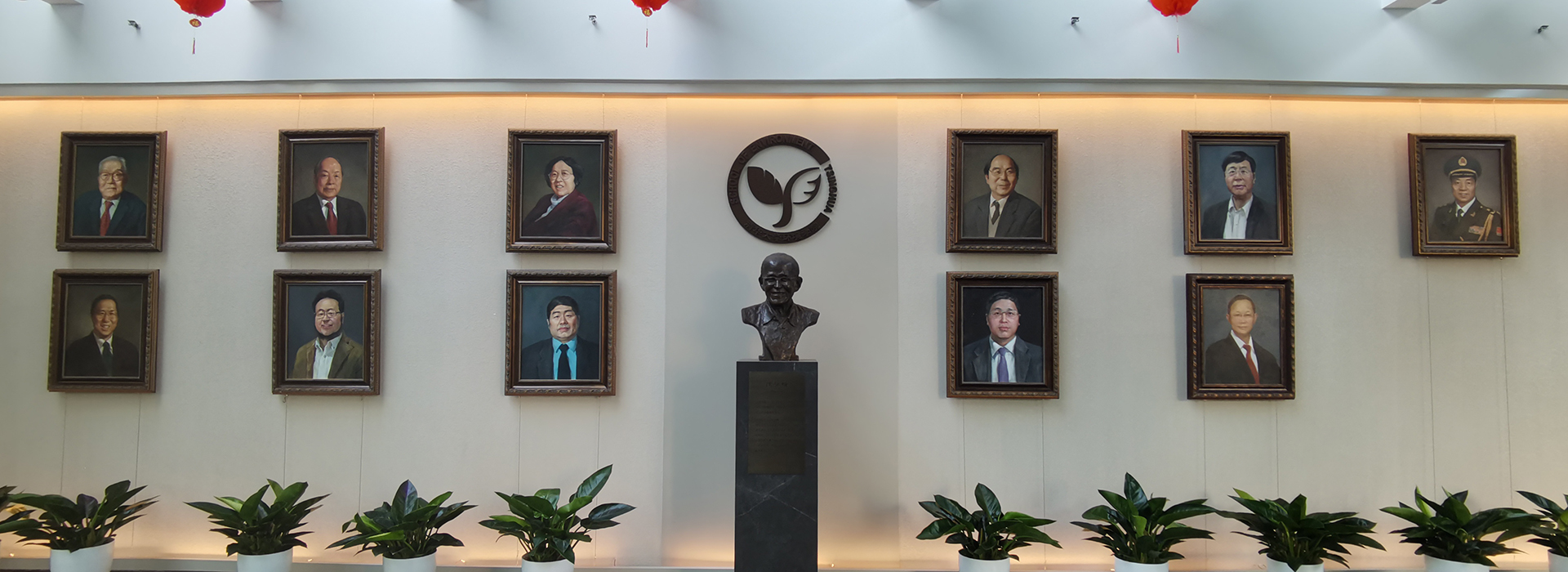徐明于2003年与2006年分别获bat365在线平台app环境科学与工程学士及硕士学位,2009年获美国亚利桑那州立大学土木与环境工程博士学位。2010年至2022年任教于美国密西根大学(安娜堡)环境与可持续性学院及土木与环境工程系,历任助理教授、副教授及教授,并担任环境与可持续性学院中国项目主任。现为bat365官方网页版教授。
2016年获得美国国家科学基金奖励青年教师的最高奖CAREER Award。2017和2021年分别获得美国华人环境工程与科学教授协会首次设立的Nanova/CAPEES前沿研究奖(Frontier Research Award)和CAPEES/UCEEF环境教育者奖(Environmental Educator Award)。2019年入选Environmental Science & Technology和Environmental Science & Technology Letters杂志青年科学家(Young Investigator),获得华人产业生态学会颁发的Research Frontier Award。2021年获美国土木工程师协会(ASCE)针对职业生涯中期科学家的最高奖Walter L. Huber Civil Engineering Research Prize,是产业生态和生命周期评价领域首位获奖者。
由于在产业生态领域做出的杰出贡献,于2015年获得国际产业生态学会(ISIE)青年科学家奖(Laudise奖),是该奖项设立以来第一位华裔获奖者。当选国际产业生态学会主席(任期2023-2024),是该学会成立以来首位华裔主席。
担任中国城市科学研究会水环境与水生态分会副秘书长,中国工程院院刊Engineering编委(环境与轻纺工程领域)。自2015年起出任环境领域顶级期刊Resources, Conservation & Recycling主编(2021影响因子13.716,中科院一区Top)。
课题组长期招收硕士研究生、博士研究生、博士后。课题组毕业的硕士生大多在世界五百强工作,多名博士生和博士后在国内外高校任教并获得国家级人才荣誉,包括美国名董事长聘副教授、国家级青年人才称号获得者、国家自然科学基金优秀青年基金获得者、985高董事长聘教授/副教授等。





 邮箱:xu-ming@tsinghua.edu.cn
邮箱:xu-ming@tsinghua.edu.cn 电话:
电话: 地点:bat365官方网页版
地点:bat365官方网页版








